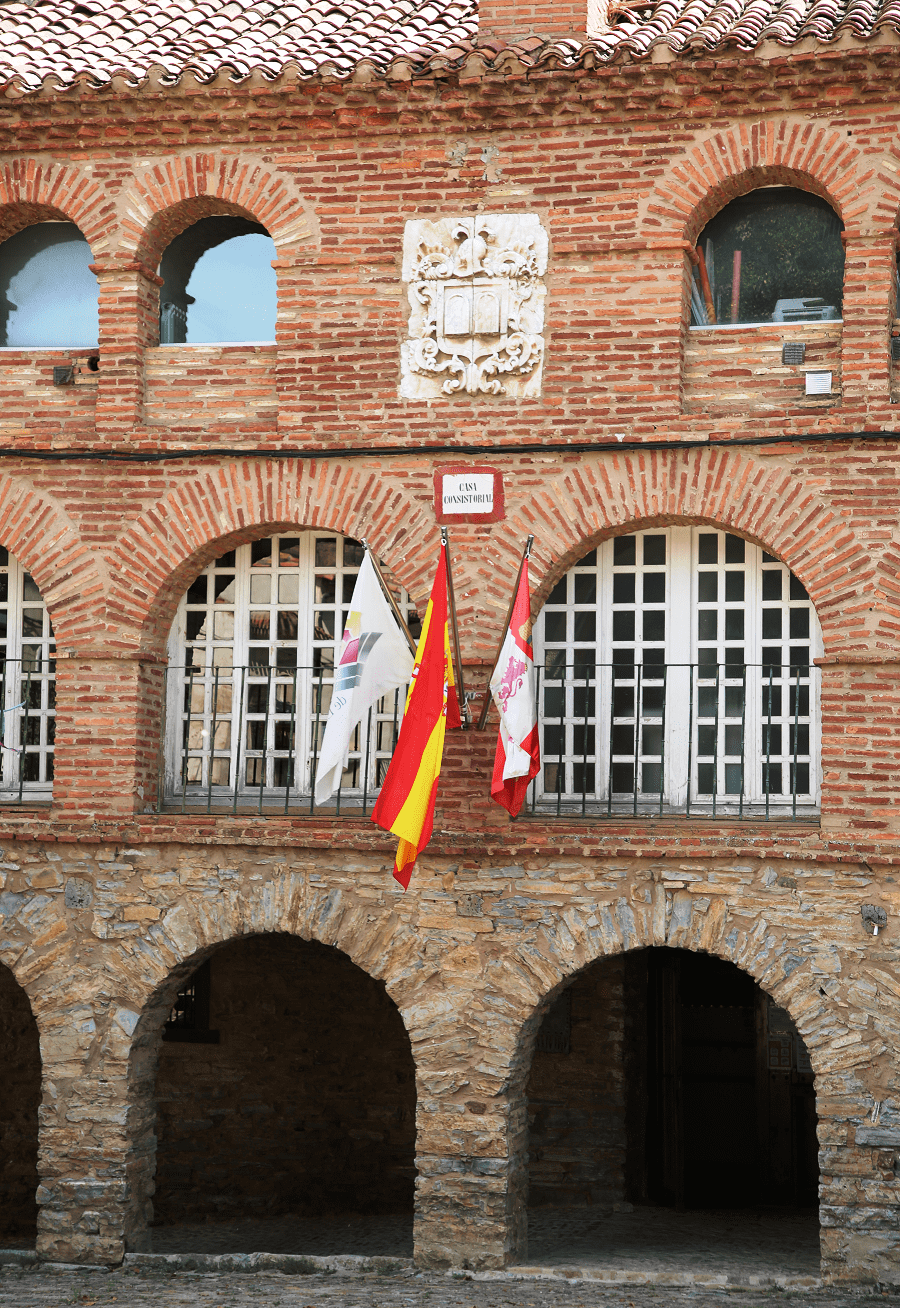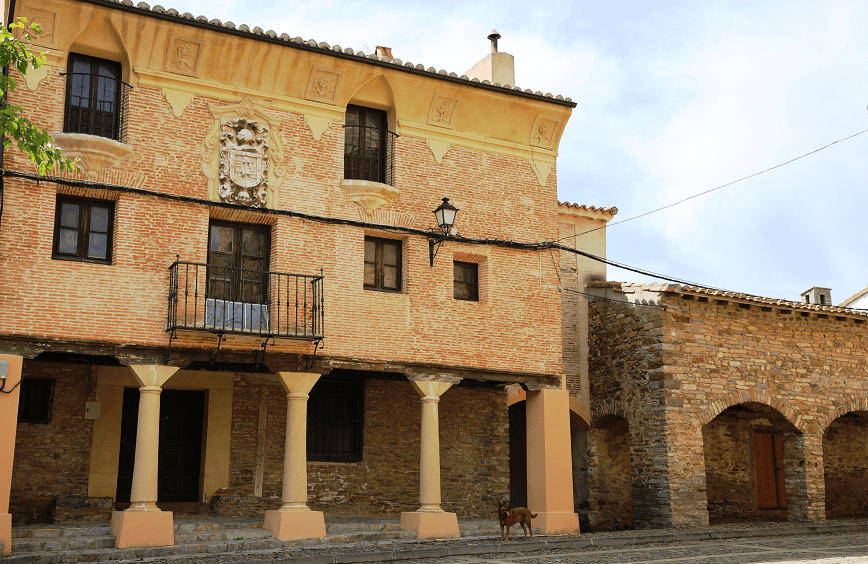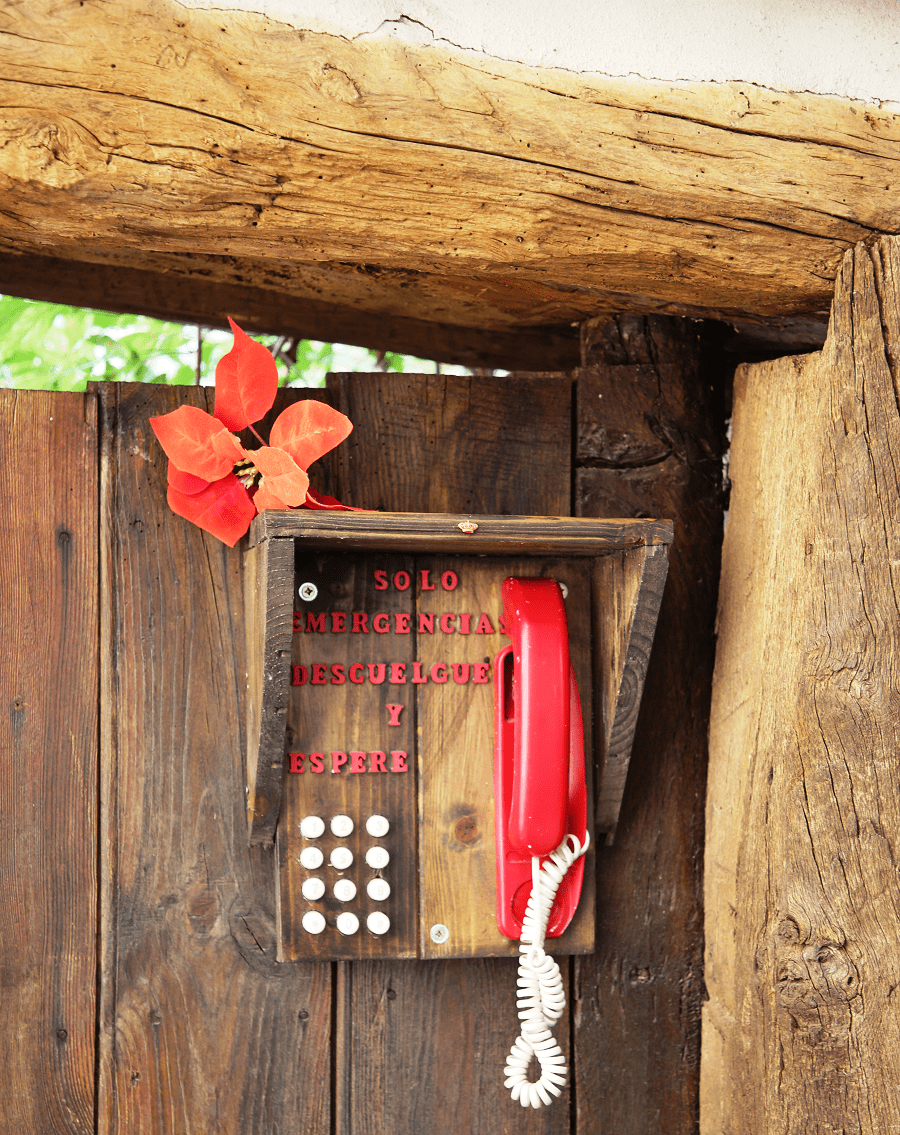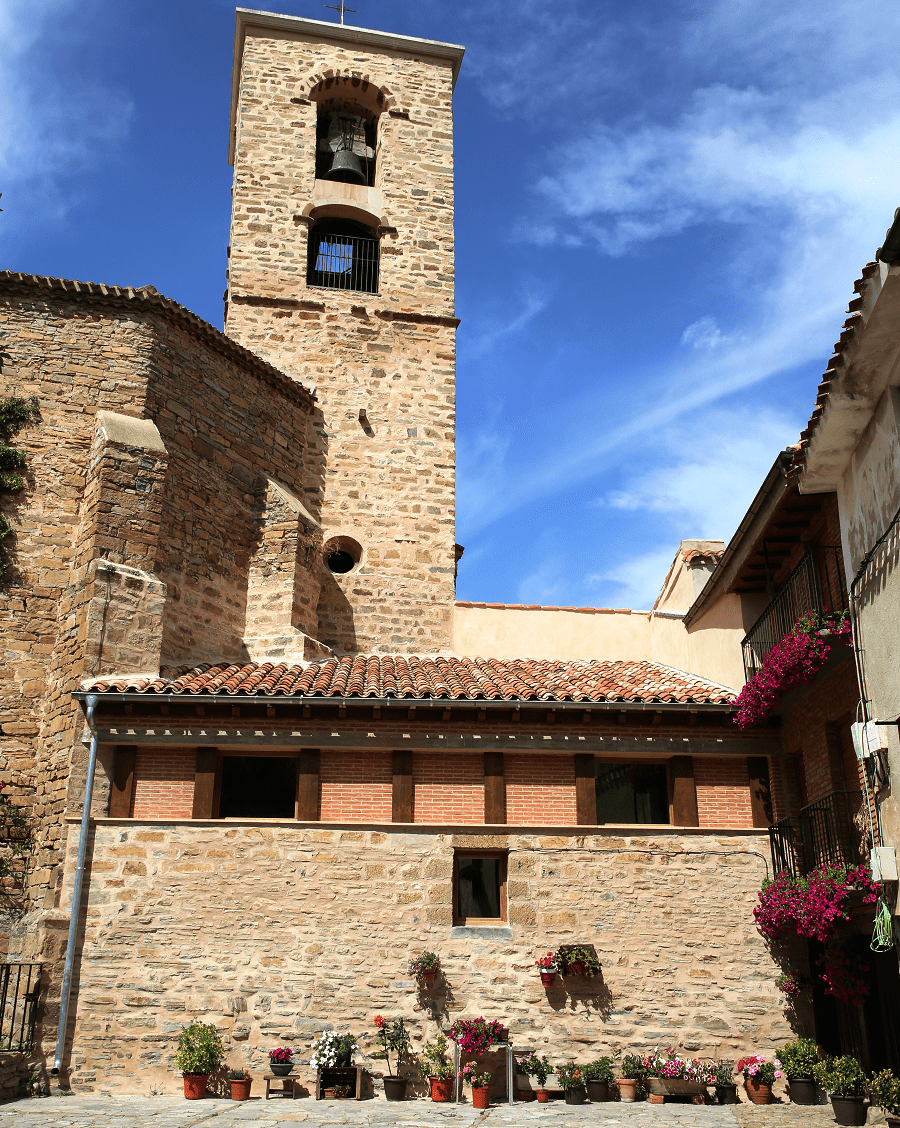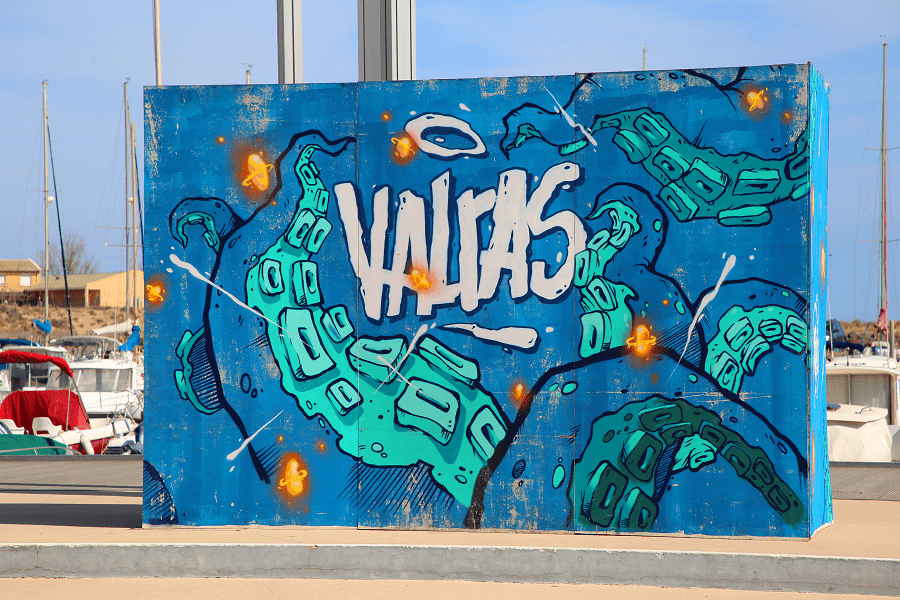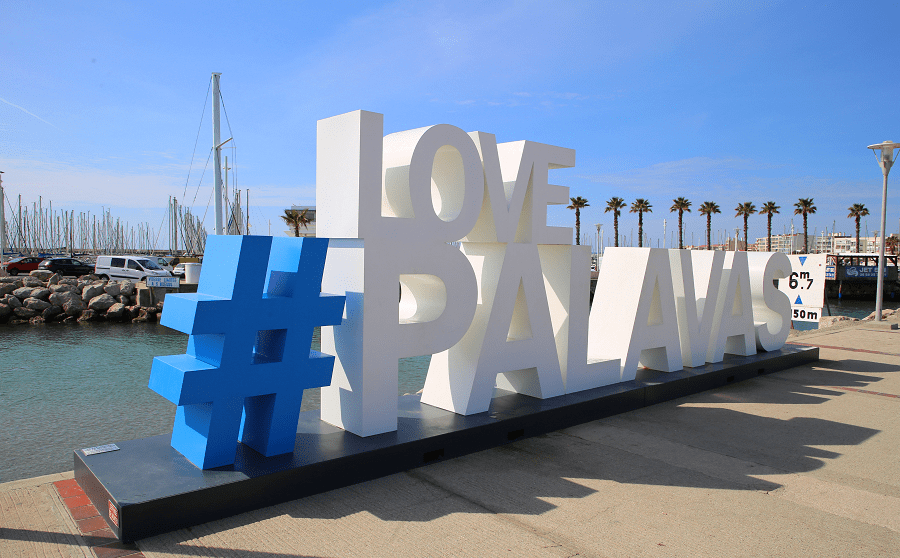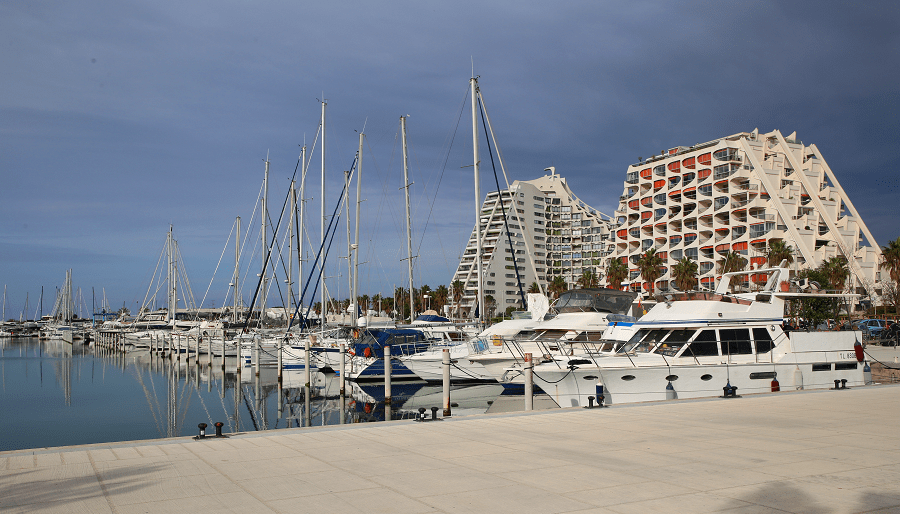Yanguas is a city and a municipality located in the province of Soria, Castile and León, Spain.
Since 2017 the city has been a part of the network “The most beautiful villages in Spain“.
Tourism and main attractions
The importance of the town in past times has left a monumental complex of interest, declared a Historic-Artistic Site in the 1980s. Of this it is worth noting:
The Yanguas castle is a medieval fortress, probably dating from the 14th century, was the property of don Pedro and don Diego de Jiménez, descendants of the Navarrese kings. It later passed to the Duke of Abrantes and in 1366 it became the property of Don Juan Ramírez de Arellano as Lord of the Cameros and his descendants, such as Don Carlos and Doña Juana de Zúñiga, Counts of Aguilar and Lords of Yanguas, among others.
The castle occupies a strategic place of good natural defense as it is flanked by the spur on which it sits, between two streams to the north and south and the Cidacos River to the east. It is reinforced by a wall and has a strategic control of the natural passage that the Cidacos River represents as a point of penetration towards the Ebro basin.
It must have played an important role throughout the Middle Ages.
Since 2001, reconstruction work has been carried out.
Puertas del Río y de la Villa: old doors of the wall remain today as ornamental arches, the only vestige of the medieval walls of the town.
The church of San Lorenzo: late Gothic. Its main interest lies in the fact that the archive of the Yanguas town hall is kept there. This casket kept the legal documents of the town. In addition, council meetings were held in this church.
Town Hall: From the 18th century, it is a building that dominates the town’s main square.
Church of Santa María: from the 16th century it is the most important of the churches of Yanguas. In it there is a chapel where the Santo Cristo de la Villa Vieja is preserved. It also has an interesting Plateresque altarpiece.
Bridge over the Cidacos river. Although its origin is doubtful, it is most likely of medieval origin. De tres ojos is the old pass of the road that led to Calahorra and is now pedestrianized.
Tower of San Miguel. The only vestige of the disappeared homonymous church. The historian Esteban de Garibay pointed out that King Aurelio of Asturias was buried, together with his father, Fruela of Cantabria. It is far from the town although it was probably very close to the last houses of the Villa Vieja. It is in the Catalan Romanesque style, the only example of this in the province of Soria.
Museum of Sacred Art: a small museum installed in the old parish house. It has different religious carvings of different interest, as well as a decorated campaign altar, a Seated Christ, another Romanesque and several liturgical elements of different value.
How to get to?
From Soria 42 min (48.2 km) via SO-615
From Valladolid 3 hr 17 min (253 km) via A-11 and N-122
From Madrid 3 hr 9 min (281 km) via A-2
Main information
Area: 54 sq. km
GPS coordinates: 42°06′05″N 2°20′22″W
Language: Spanish
Population: 113
Currency: Euro
Visa: Schengen
Time: Central European UTC +1, in summer +2










